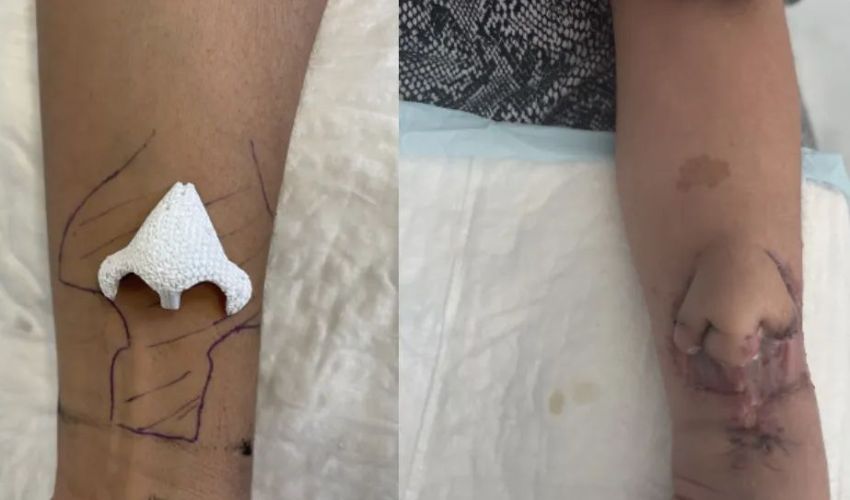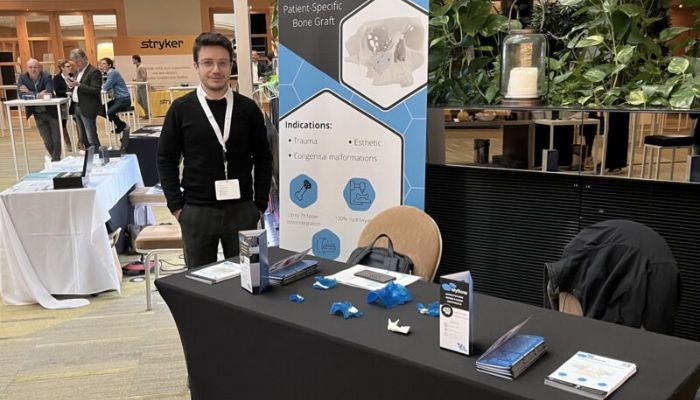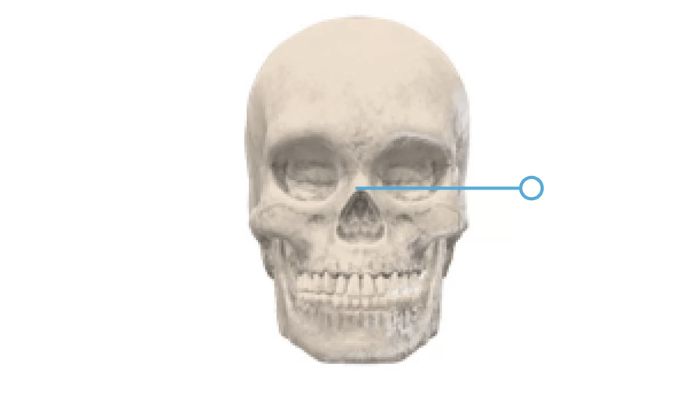Bioprinted Nose Graft Used For Reconstructive Surgery

3D printing has been applied to reconstructive surgery to create a nose graft for a patient who underwent intense cancer treatment. This amazing feat happened occured at IUCT Oncopole (University Cancer Institute of Toulouse), a cancer care, research, and training center with 1800 workers located in Toulouse, France. The treatment was carried out by the ENT and Cervico-Facial surgery teams of the Toulouse University Hospital and the Claudius Regaud Institute, according to a press release. Scientists and medics used a 3D printing solution from CERHUM to create the nose for a patient.
The patient received treatment in 2013 for nasal cavity cancer (squamous cell carcinoma) with radiotherapy and chemotherapy, resulting in the loss of much of the nose and facial palate. She spent almost four years without a nose, struggling with wearing a prosthesis. For this revolutionary treatment, she had a 3D printed nose implanted onto her forearm, where it was grown before being removed and revascularized (blood flow restored) and implanted onto her face.

CERHUM were recently at the Belgian Maxillofacial Surgery Congress to promote the MyBone solution (photo credit: CERHUM on LinkedIN)
In July 2022, the bone graft was first implanted into the patient’s forearm in order for vascularization to begin. Two months later, the ‘colonization’ (the integration within the skin) of the medical device was complete. The final stage was the transplantation of the device to the nasal area and successful revascularization using microsurgery. Anastomozation (the creation of a surgical connection between blood vessels) was performed on the vessels of the skin of the arm and those of the patient’s temple.
The nose graft was created by CERHUM, a Belgian medical 3D printing company. They used their custom solution MyBone maxillofacial implants. MyBone is made of synthetic hydroxyapatite- a major component of human bone. Hydroxyapatite has osteoconductive (ability to grow bone on its surface) and osseointegration (ability to connect bone to implant) properties. This means, in short, that the MyBone can connect effectively with real bone in the body, and can grow bone on the surface. It is a safe and biocompatible material and promotes faster healing than traditional methods. This helps rehabilitation and offers excellent esthetic results. Furthermore, MyBone is a patient-specific bone graft, which can also be applied for dental, cranial, maxillofacial and spine treatments.

CERHUM offers the MyBone solution for a number of treatments including plastic surgery. (Photo credit: Cerhum)
Similar uses of 3D printing technology in the medical sector have included 3D printed metal implants for arthritis sufferers, developed by German researchers at the Fraunhofer Institute. At the Industrial Research Center of Quebec (CRIQ), 3D printing was used to make jaw implants using electron beam melting (EBM) technology. If you want to find out more about this nose graft reconstructive surgery, you can find the press release HERE.
What do you think of this bioprinted nose graft, and the MyBone technology? Let us know in a comment below or on our LinkedIn, Facebook, and Twitter pages! Don’t forget to sign up for our free weekly Newsletter here, the latest 3D printing news straight to your inbox! You can also find all our videos on our YouTube channel.
*Cover Photo Credit: Toulouse University Hospital







